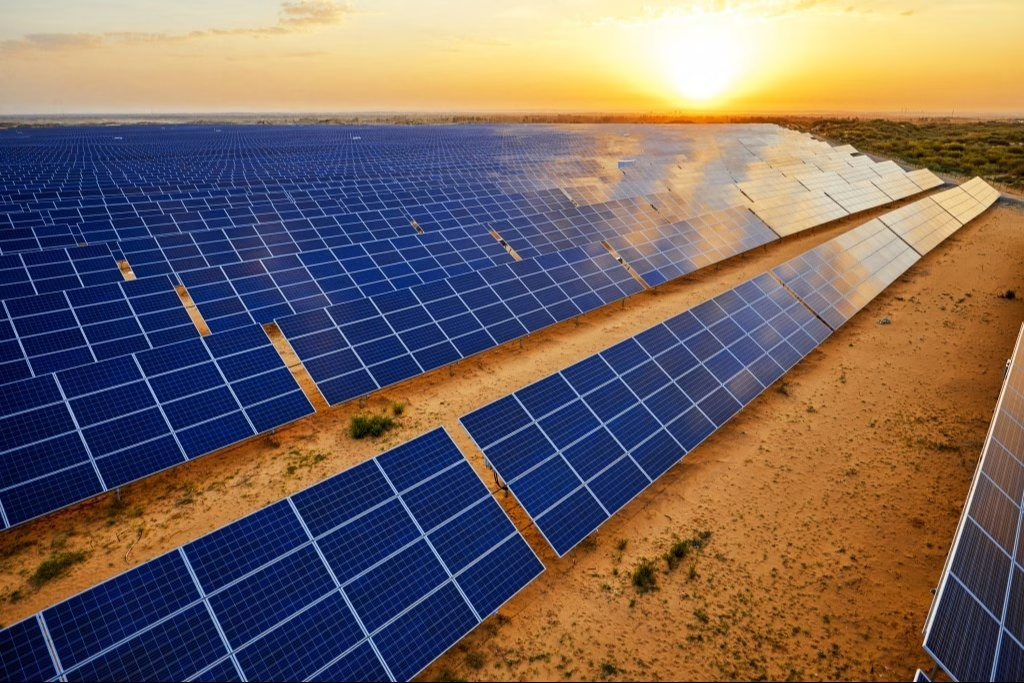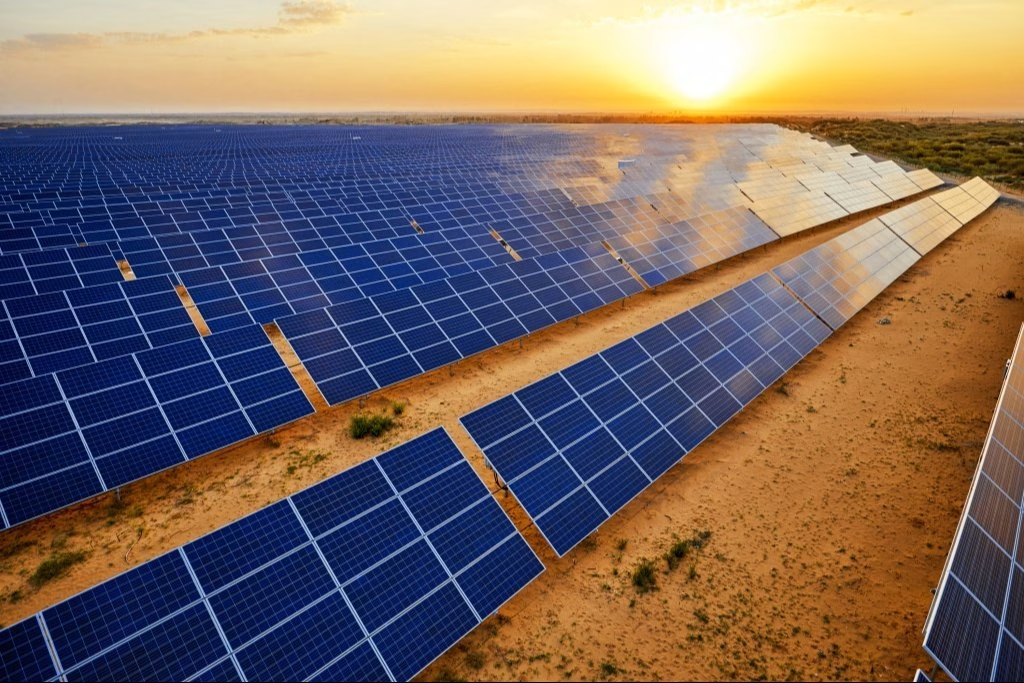Egypt has emerged as one of Africa’s leading renewable energy markets, driven by ambitious government targets to generate 42% of its electricity from renewables by 2035. The country’s vast deserts, abundant sunlight, and supportive policies have attracted major international investments in solar power. Projects such as Benban Solar Park have positioned Egypt as a regional clean energy hub. Additionally, new initiatives integrating battery energy storage systems are boosting grid stability and efficiency. Through partnerships with China, the UAE, and other global investors, Egypt continues to expand its solar manufacturing capacity and power generation. These are the top 5 solar energy projects currently taking place in the country:
1. The 2GW Atom Solar Egypt Project
Egypt, the UAE, and Bahrain have partnered with China to launch the $220 million Atom Solar Egypt project in the Suez Canal Economic Zone. The project aims to establish a major solar industrial park that will produce 2 GW of solar cells and 2 GW of solar panels. Additionally, it will involve 1 GWh of energy storage systems annually. The facility will create 841 jobs and enhance Egypt’s position as a regional renewable energy hub, supporting sustainable industrial growth and regional energy collaboration among Arab and Chinese partners.
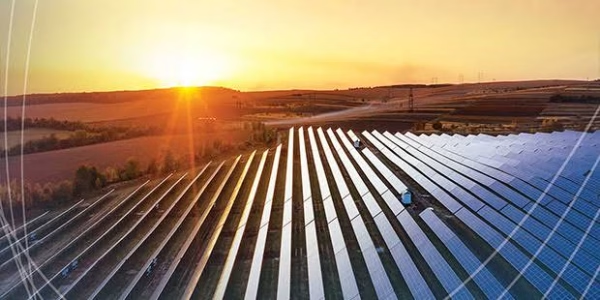
2. The 1.2 GW Infinity Power and Masdar Solar Project
Infinity Power, a joint‐venture between Egypt’s Infinity Energy and UAE’s Masdar, is pushing forward with a $1 billion solar plus battery storage project following the financial close of its 200 MW Ras Ghareb wind farm. The proposed project will generate 1.2 GW of solar power supported by 720 MWh of Battery Energy Storage Systems (BESS). Moreover, it will be split between 200 MW in Benban (Aswan governorate) and 1,000 MW in Minya governorate. It builds on Infinity Power’s existing renewable capacity of over 250 MW in Egypt.
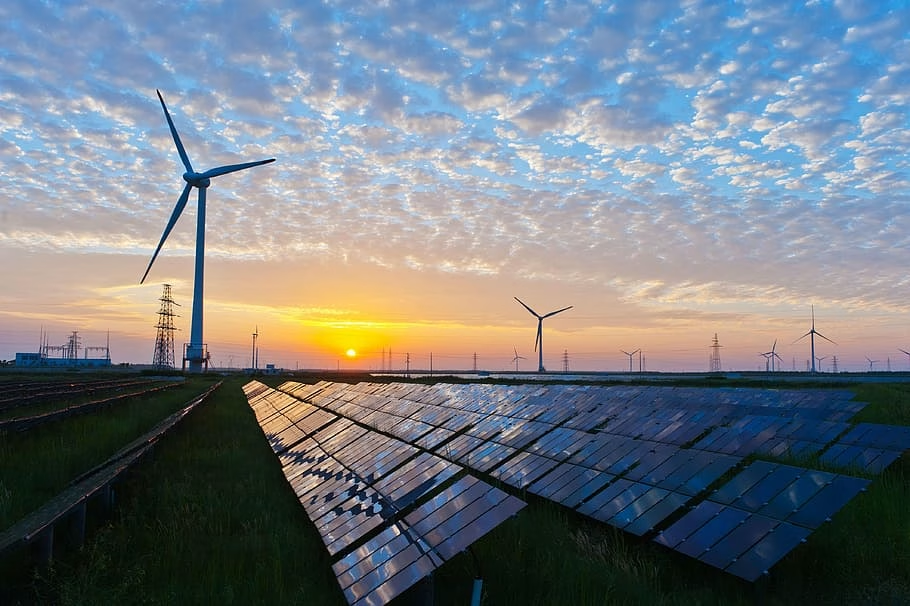
3. The 1GW Abydos Phase II Solar Project
GameChange Solar has won a contract to supply its Genius Tracker 1P Single Row system for the Abydos Solar PV Plant Phase II in Egypt. The plant is being developed by AMEA Power and constructed by the joint venture CEEC-ZTPC. Phase II will consist of a 1 GWac solar PV facility paired with 600 MWh of battery energy storage (BESS). It will cover around 20 square kilometres in the Benban area, Aswan Governorate. Commissioning is expected by May 2026. The output is projected at 3,000 GWh per year, enough to power over 500,000 households. What’s more, it will reduce CO₂ emissions by more than 1 million tonnes annually. With this deal, GameChange’s cumulative tracker supply in Egypt reaches nearly 3 GW.
4. Obelisk solar project- 1 GW
Egypt’s Obelisk solar power project will be one of Africa’s largest photovoltaic plant once completed. The African Development Bank (AfDB) has approved $184.1 million in financing toward the project. Further, it includes a 1 gigawatt (GW) solar farm paired with a 200 megawatt-hour (MWh) battery energy storage system. The total investment cost exceeds $590 million, with contributions from SEFA. Further contributions are from the Canada-AfDB Climate Fund, the Clean Technology Fund, and other development institutions.
Furthermore, the plant, located in Qena Governorate, will deliver power under a 25-year Power Purchase Agreement with the Egyptian Electricity Transmission Company. It is expected to generate about 2,772 gigawatt-hours per year, reduce CO₂ emissions by approximately 1 million tons annually, and create around 4,000 construction jobs plus 50 permanent roles. Additionally, the project has a target to be fully operational by third quarter of 2026, and has been granted a Golden License under Egypt’s Nexus of Water, Food, and Energy (NWFE) platform.
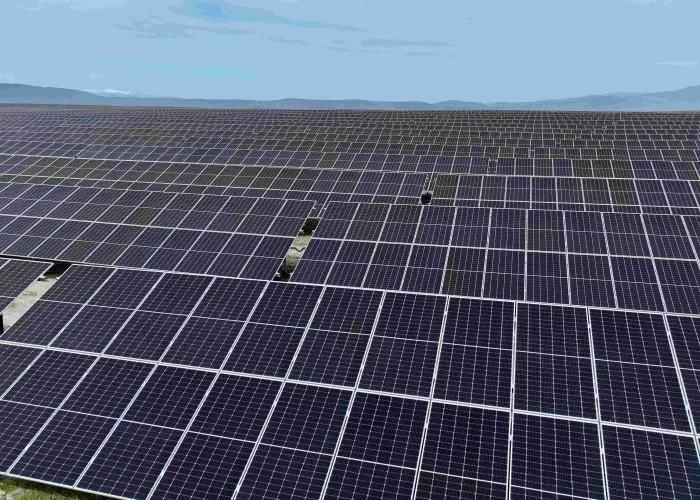
5. Ain Sokhna Solar Energy Complex Project
Egypt has signed a $200 million agreement with China’s Sunrev Solar to build the Ain Sokhna Solar Energy Complex in the Suez Canal Economic Zone. The project’s phase one will include two integrated factories. One producing solar cells, the other solar modules, each with 2 GW capacity. Meanwhile, phase two aims to localize manufacturing of silicon ingots and wafers, completing the solar value chain. The development will cover 200,000 m², create 1,800+ direct jobs, and generate up to $300 million in annual export revenue. Additionally, phase one started operations in early 2026.
